Scuba Regulator Maintenance & Service Guide

Your regulator, which lets you tap into your scuba tankâs air supply so you can breathe underwater, is the most important gear item in your scuba gear kit. So you want to make sure it is always in top operating condition.
By following a smart pre-dive and post-dive maintenance program, and by being ever-vigilant with your annual scuba equipment regulator service, you can help increase your safety and enjoyment of the time you spend at depth.
Scuba Regulator Parts
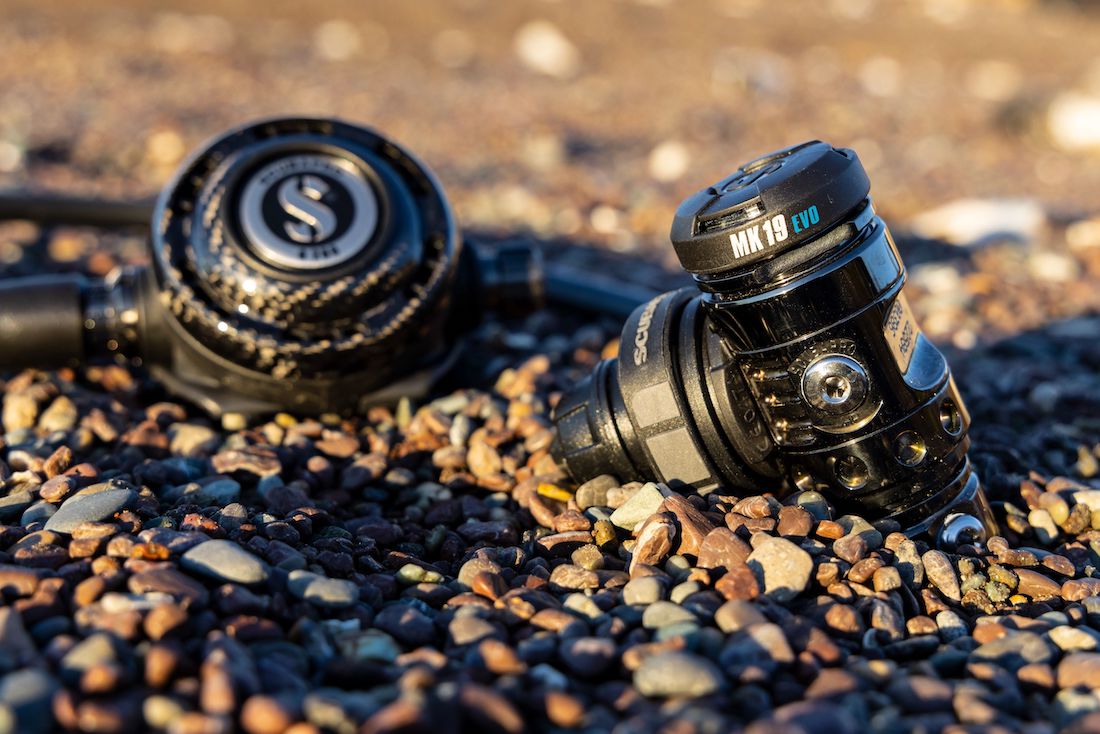
A scuba regulator system is made up of three parts: the first stage, the second stage, and the interstage hose.
First Stage
Available in either piston or diaphragm versions. A piston first stage is known to deliver significantly more air to the second stage than other first stage designs. It uses few moving parts so offers excellent reliability, and it requires very little maintenance. It uses a rigid piston to move air, and tends to be the design of choice among deep divers and professionals.
A diaphragm first stage is a bit more complex, with more moving parts. It uses a soft diaphragm to move air, and its body is sealed to prevent water and pollutants from fouling the inner mechanism. Because of this, it tends to be favored by divers who find themselves in waters containing lots of suspended particles, silt, or contaminating materials.
SCUBAPROâs MK19 EVO and MK11 are diaphragm first stages.
A first stage can be either balanced or unbalanced.
Air-balanced first stages deliver an ultra-fast breathing response, instant delivery of air on demand and extra-high airflow. They are also totally unaffected by changing tank pressure or depth and they perform equally well in warm and cold water environments.
Unbalanced first stages arenât designed to compensate for pressure changes as air is consumed, so as the pressure gaugeâs needle drops, breathing resistance increases.
However, unbalanced first stages are extremely reliable, very easy to maintain, and affordable. All SCUBAPRO first stages are air-balanced, with the exception of the MK2 EVO.
Video: Diaphragm vs. Piston First Stages
Second Stage
Like first stages, second stages are available in either balanced or unbalanced versions. Air-balanced second stages offer a reduced cracking effort so itâs easier to initiate a breath. This design decreases the inhalation resistance to the lowest possible level, resulting in an ultra-high airflow that remains stable under all breathing conditions.
SCUBAPROâs A-Series, S-Series, G-Series, C-Series and D Series second stages are all air-balanced. Unbalanced second stages with their downstream valves are noted for their safety and reliability.
However, with unbalanced second stages a bit more inhalation effort is required to overcome the spring tension and open the valve. This valve type is found on R-Series second stages and the AIR2.
Interstage Hose
This is the hose that connects your second stage to your first stage.
Depending on the regulator system, this can be a standard LP hose, a Myflex braided hose or the Super-Flow hose offered on all SCUBAPRO scuba regulator systems, from the budget-friendly MK2 EVO/R195 to the MK25 EVO/D420 to the all-titanium MK25T EVO/S620 X-Ti.
The Super-Flow hose features an oversized bore that allows more air to flow on each inhalation.
How Does a Scuba Regulator Work?
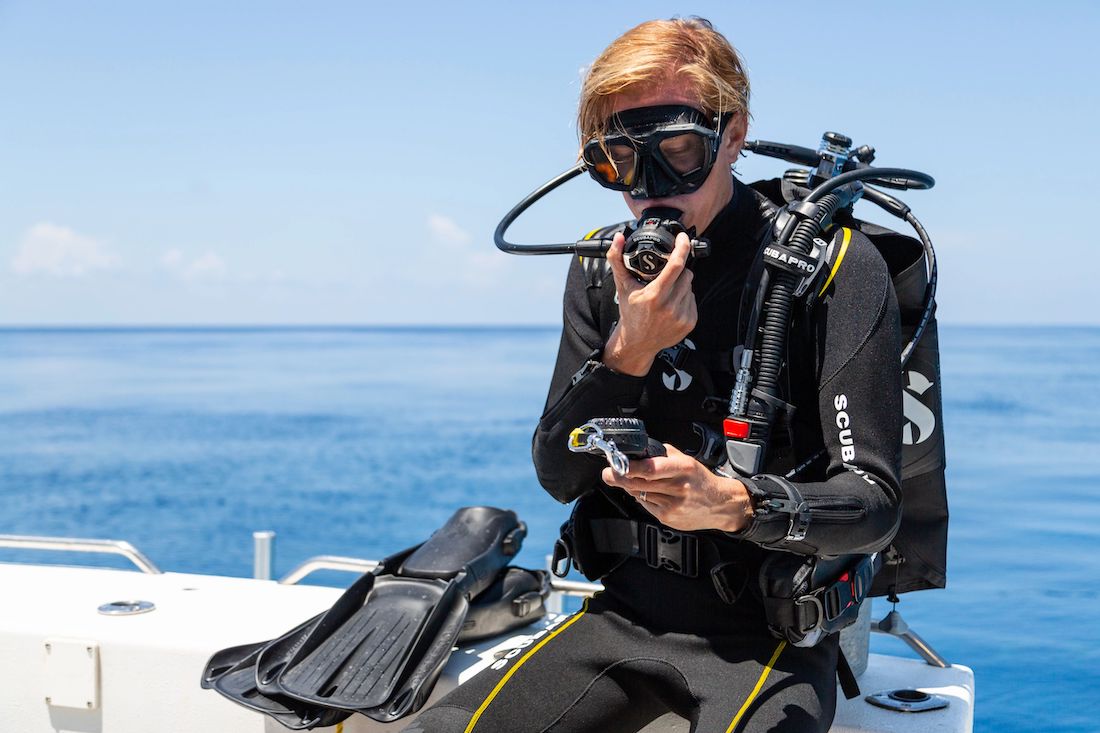
A scuba regulatorâs first and second stages are two distinct mechanisms that work together to enable you to take high pressure air from your tank and convert it to ambient pressure air that can be breathed comfortably under water, regardless of what depth you happen to be diving.
The job of a scuba regulatorâs first stage is to take the high pressure (HP) air coming from the tank, normally 3000-4351psi (200-300bar), and reduce it to a consistent intermediate pressure (IP) of approximately 125-145psi (8.6-10bar) that can then be fed to the second stage.
This is done with HP and IP chambers built into the first stage which are separated by a valve/diaphragm assembly or a piston, depending upon the type of first stage you have. At its most basic, as you inhale, air pressure in the IP chamber drops below ambient water pressure as air is drawn into the second stage.
This causes the valve or piston separating the chambers to open, enabling the HP chamber, which is fed by the tank, to refill the IP chamber. Once filled, pressure equalizes and the valve closes. Inhale again, and the process repeats.
The second stage, meanwhile, is connected to the IP chamber via the interstage hose. During an inhale, the pressure inside the second stage drops to below ambient water pressure, which causes water pressure to push in against the second stageâs diaphragm, which moves the demand lever underneath.
This opens an inlet valve, allowing air from the first stage IP chamber to flow through the interstage hose, into the second stage, through the mouthpiece, and finally into your lungs.
Upon exhalation an exhaust valve opens, allowing your exhaled air to exit the second stage in a flurry of bubbles. As you inhale again, the exhaust valve shuts and the cycle begins again.
Proper Regulator Maintenance Keeps Your Regulator in Tip-Top Shape
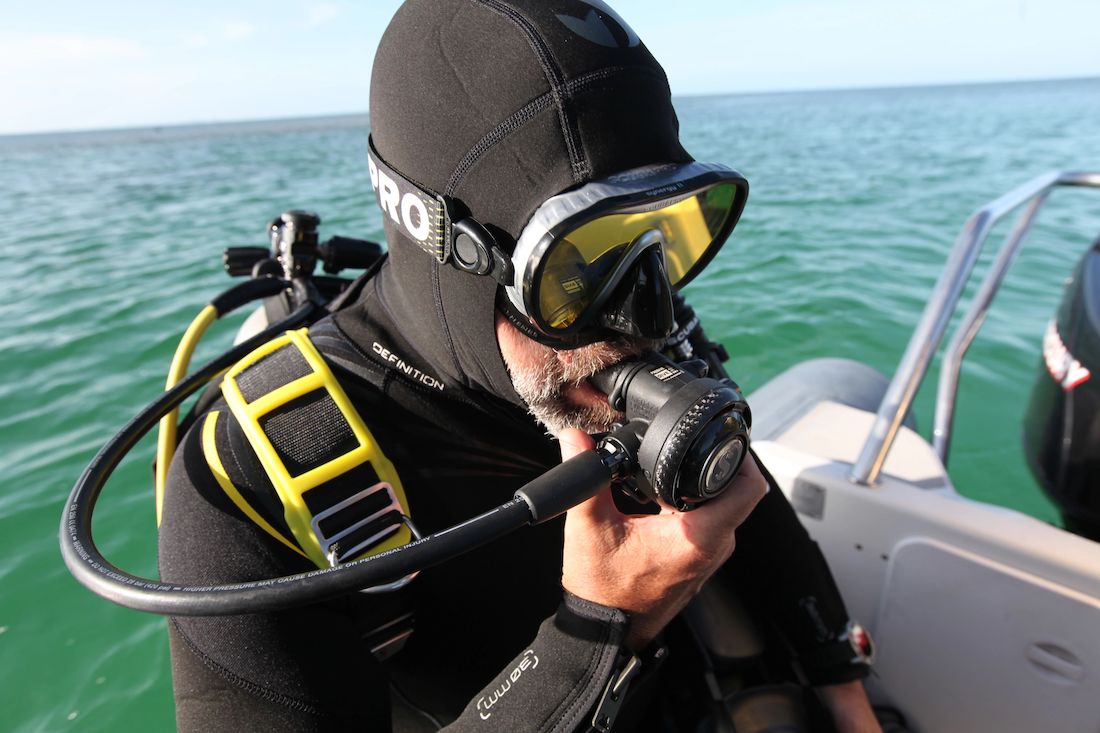
Proper scuba regulator maintenance begins at home. The good news is itâs not that difficult, and it doesnât take much time. Here are a few pre-dive and post-dive tips that will keep your regulator breathing smooth and easy.
- Before heading out on your dive, grab your regulator and remove the first stage dust cap and make sure the filter is clean and free of corrosion.
- Next, attach the first stage to a scuba tank and, before turning the air on, first exhale through the second stage to blow out any dust or dirt that might have accumulated, then gently try to inhale. If you canât get a breath that means the exhaust valve and main diaphragm are intact. If you can get a breath, that means air is leaking in from somewhere, which means water can leak in too, indicating it is time for a full service.
- Now turn the air on and check your primary and back-up second stages. Both should breathe easily. Listen for leaks around the hose fittings, which could mean youâve got a loose hose or a bad O-ring. Also, listen for leaks around the mouthpiece, another signal itâs time for a service.
- After a day of diving, rinse off your regulator to flush any salt or sand, and then follow that up with a good soak in fresh water. This will dissolve anything hiding in threads and in all the nooks and crannies of both first and second stages. Note for divers: before dunking your regulator make sure the dust cap is securely in place and screwed down sufficiently to prevent water from entering the first stage orifice.
- After the soak phase, give your regulator a gentle shake to disperse water, then hook the first stage up to a tank and purge the second-stage: this will blow any residual water from inside the casing. Then towel it all off and store it in a dry location with hoses loosely coiled. Note: avoid hanging the regulator because this can stress the hose fittings.
Scuba Regulator Servicing by a Certified Technician
While regulator pre-dive and post-dive maintenance goes far in maintaining the performance of a regulator, on occasion the system needs to be taken into the shop, opened up, inspected and retuned, and only a trained scuba regulator service technician can do that.
Divers should not attempt to service their entire regulator by themselves. A complete breakdown of a regulator system requires service technicians with the special skills, special tools, and special testing/tuning equipment needed.
As part of a normal service, a trained regulator technician will often start by performing a visual inspection of the regulator to check for things like corrosion, cracked casings, missing port plugs, or any other obvious problems with the system.
From there, the technician will often connect the regulator to an air source to note the pre-service intermediate pressure of the first stage, and get a reading of the cracking effort of the second stage. Then the disassembly process begins.
Servicing the First Stage of Your Regulator

For the first stage, threaded junctures are closely inspected for damage or worn threads. Then all internal parts are washed to remove dirt, corrosion and salt build-up. Afterward, all hard internal parts (piston, hard seat, springs, etc.) are closely inspected to check for cracks or deformities. All soft parts (soft seats, diaphragms, O-rings, etc.) are normally replaced. The filter, of either conical or disc variety, is always replaced.
After you've completed your own dive equipment maintenance, your service technician will then test the dive gear for low pressure and high pressure.
Servicing the Second Stage of Your Regulator
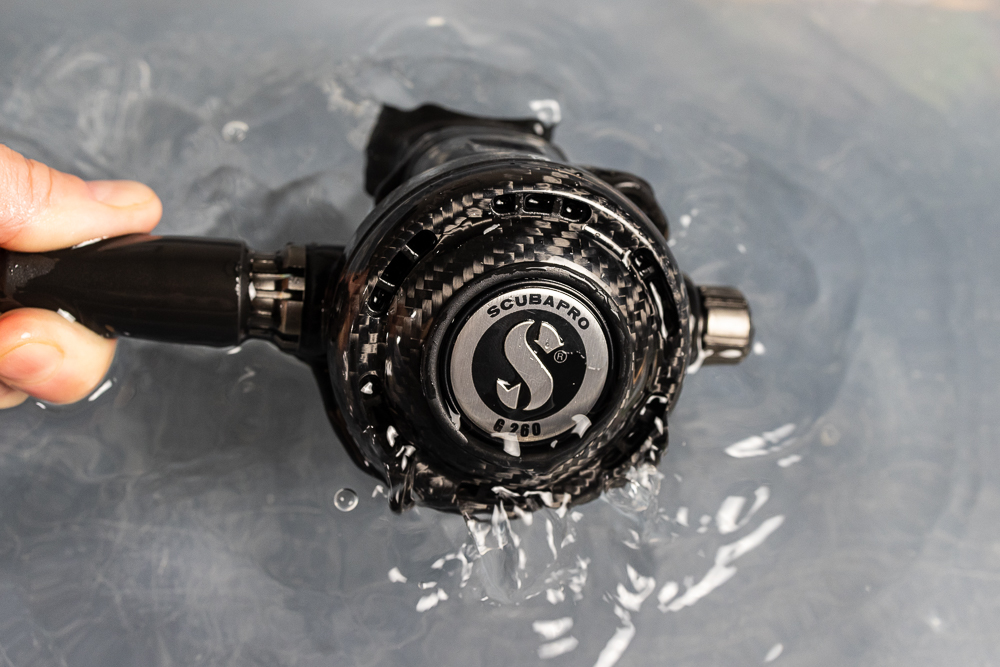
On the second stage, the same basic procedure applies. After disassembly and washing, hard parts (springs, orifice/hard seat, etc.) are inspected and normally replaced only if cracks or deformities are apparent, while soft parts (diaphragm, exhaust valve, nyloc nut, soft seat, O-rings, etc.) are normally replaced.
The inside of the casing is also closely inspected to check for external damage as well as internal cracks in places where metal components are threaded into thermoplastic. Finally, the interstage hose is inspected at each end to check for cracks around the hose fittings, and the hose itself is inspected for wear and tear.
At this point both first stage and second stages are reassembled and pre-tuned dry, first at low pressure, then at high pressure, to break in the seats. From there the final tuning is done in the water while also inspecting for leaks.
How Long Will a Good Regulator Last?
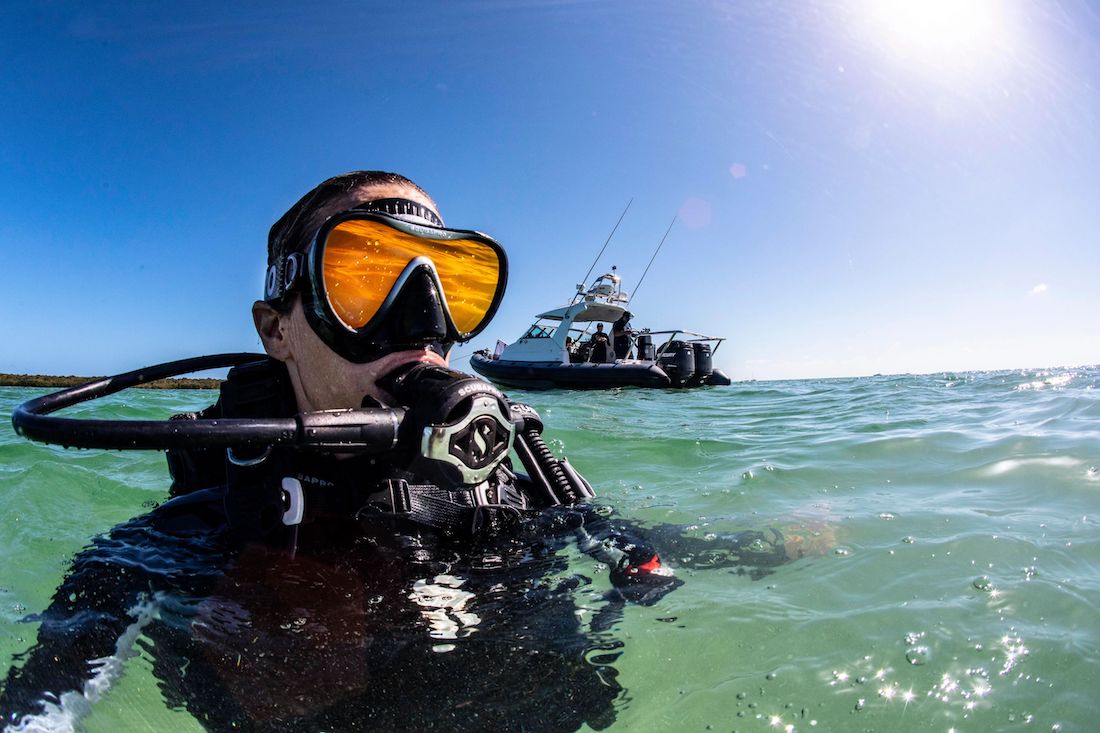
By following a consistent pre-dive/post-dive maintenance regimen, and by adhering to an annual service schedule, a quality regulator can continue to deliver effortless and reliable airflow virtually forever.
SCUBAPRO regulators are designed to last â take care of them and you may very well end up handing them down to your grandkids.
SCUBAPROâs Regulator Service System
SCUBAPRO recommends its regulators be serviced by a trained technician every 24 months or 100 dives.
Its technicians, professionally trained and certified to service regulators, can be found at Authorized SCUBAPRO Dealers worldwide.
Caring, Cleaning, and Maintaining the Rest of Your Scuba Gear
Scuba gear is an investment in a rewarding activity that you are passionate about. You want to make sure you get the most out of your gear and it functions and performs as long as possible.
To Learn more about caring for, cleaning, and maintaining scuba gear like BCDs, wetsuits, and drysuits we recommend reading the following guide: How to Take Care of and Clean Your Scuba Diving Equipment.






